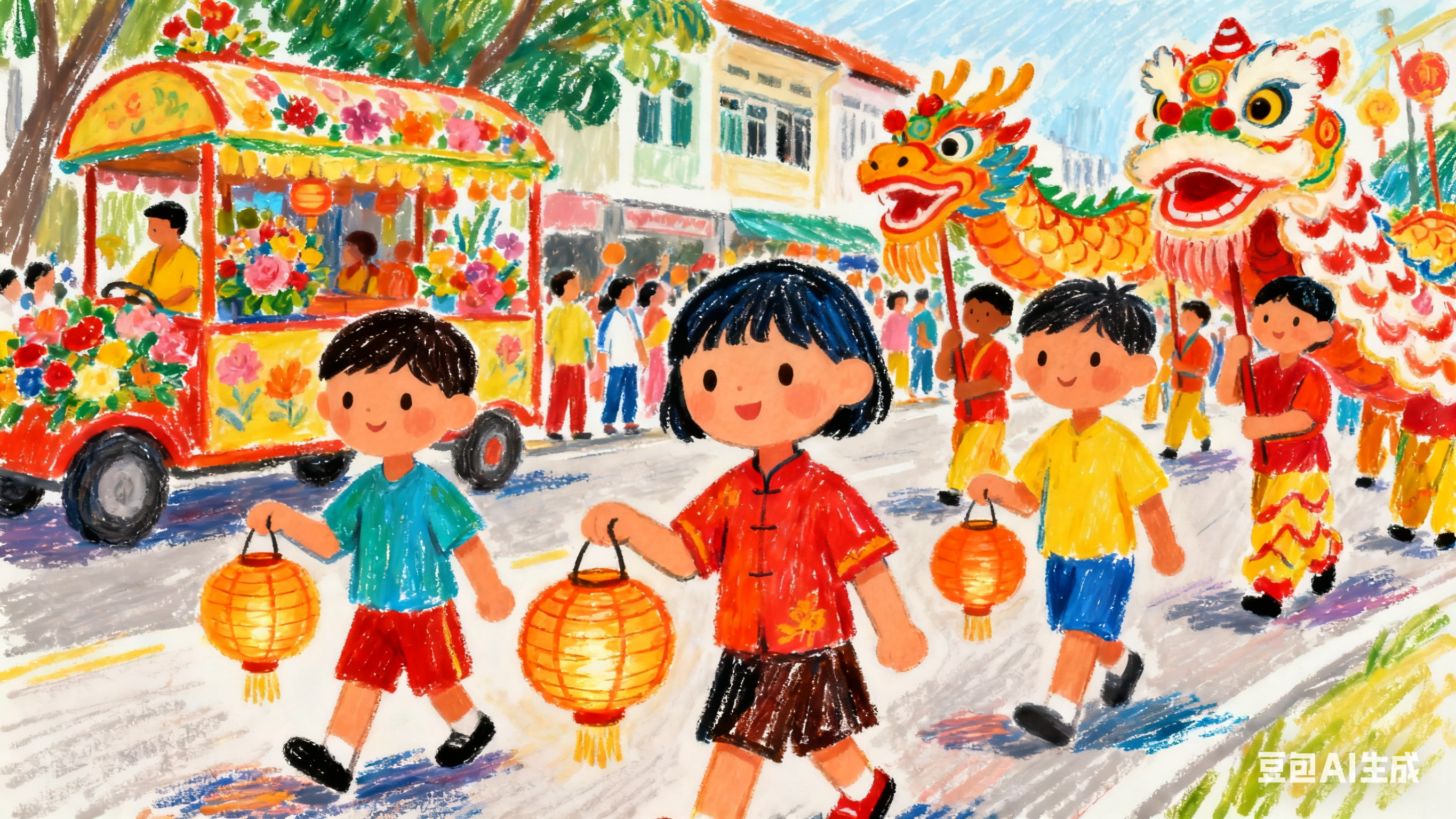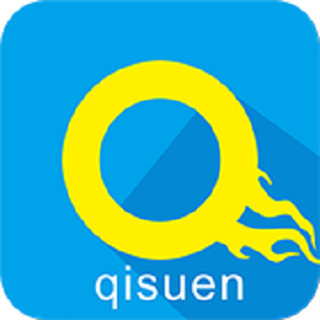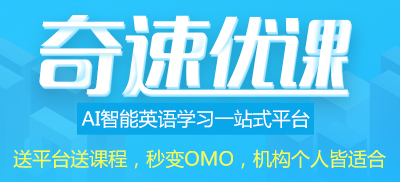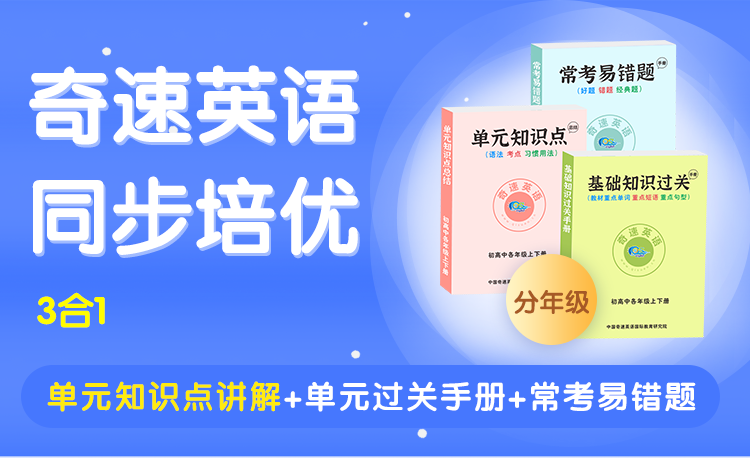
The Mid-Autumn Festival is a special traditional holiday from China, celebrated on the 15th day of the eighth lunar month. Besides China, many other Asian countries also celebrate this festival, though each has its own name and unique customs.
In Japan, the festival is called Tsukimi. Many years ago, the tradition of moon-watching came from China. Today, people in Japan look at the moon, show thanks, and celebrate the harvest. Instead of mooncakes, they eat rice dumplings known as “tsukimi dango.”
In Korea, the festival is called Chuseok. It is a time for families to get together, remember their ancestors, and celebrate the harvest. People eat a special kind of rice cake called songpyeon and visit their ancestral (祖先的) tombs.
In Vietnam, the festival is called Tết Trung Thu (Mid-Autumn Festival). It is widely known as a Children’s Festival, where families enjoy lantern displays and lion dances, and children receive toys and gifts.
In Thailand, the festival is called the “Moon Worship Festival”, where people of all ages pay respects to the moon. According to local legend, during the Mid-Autumn Festival, the Eight Immortals (神) travel to the Moon Palace with longevity peaches to celebrate Guanyin’s birthday, and they give blessings to the people.
In Malaysia and Singapore, where many Chinese people live, celebrations include admiring the moon, eating mooncakes, and joining lantern parades. The parades are lively and fun, with dragon dances, lion dances, and colorful floats carrying characters from stories.
Although the names and traditions are different, people across these countries share the same feelings. The festival expresses love for family, joy for the harvest, and best wishes for a happy life.
阅读短文,补全句子(每空限填一词)。





 更多优质学习内容
更多优质学习内容



